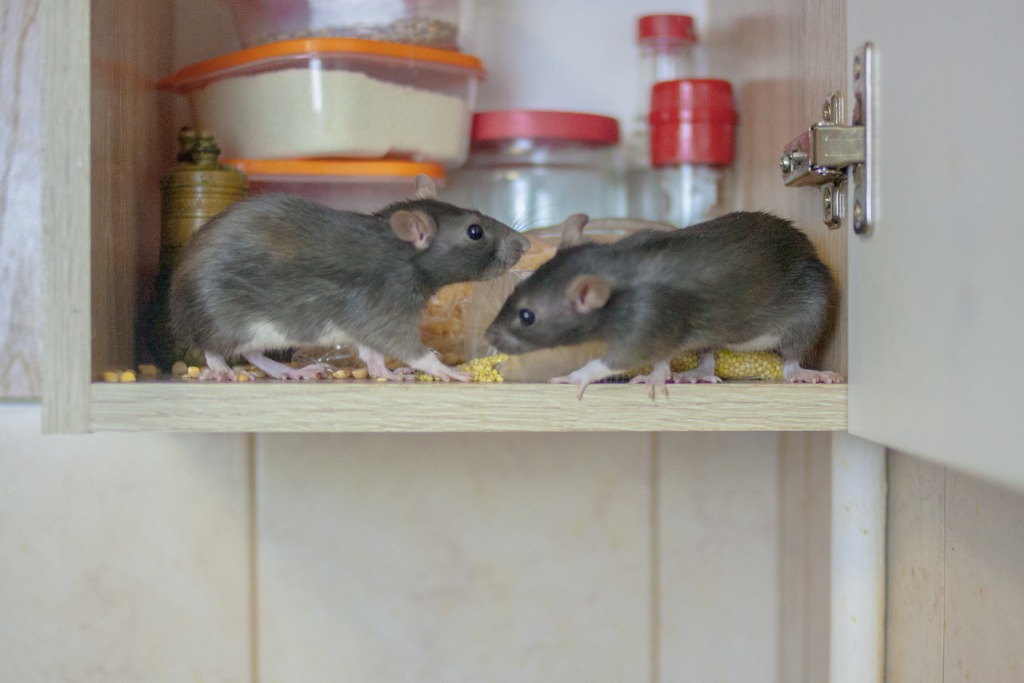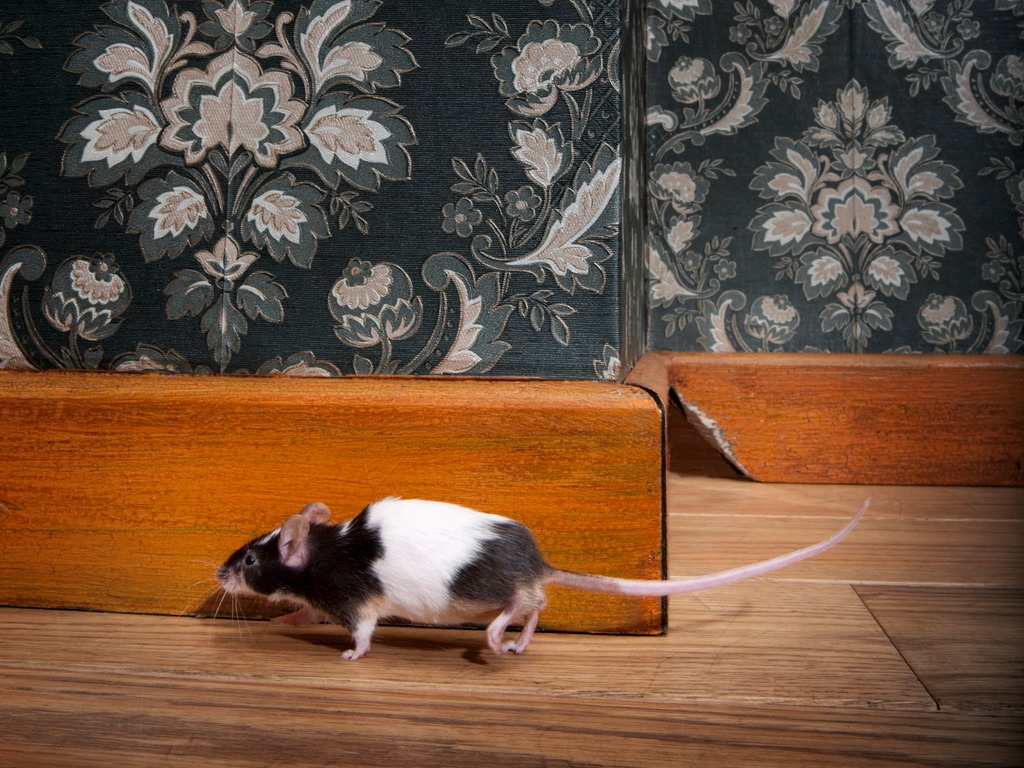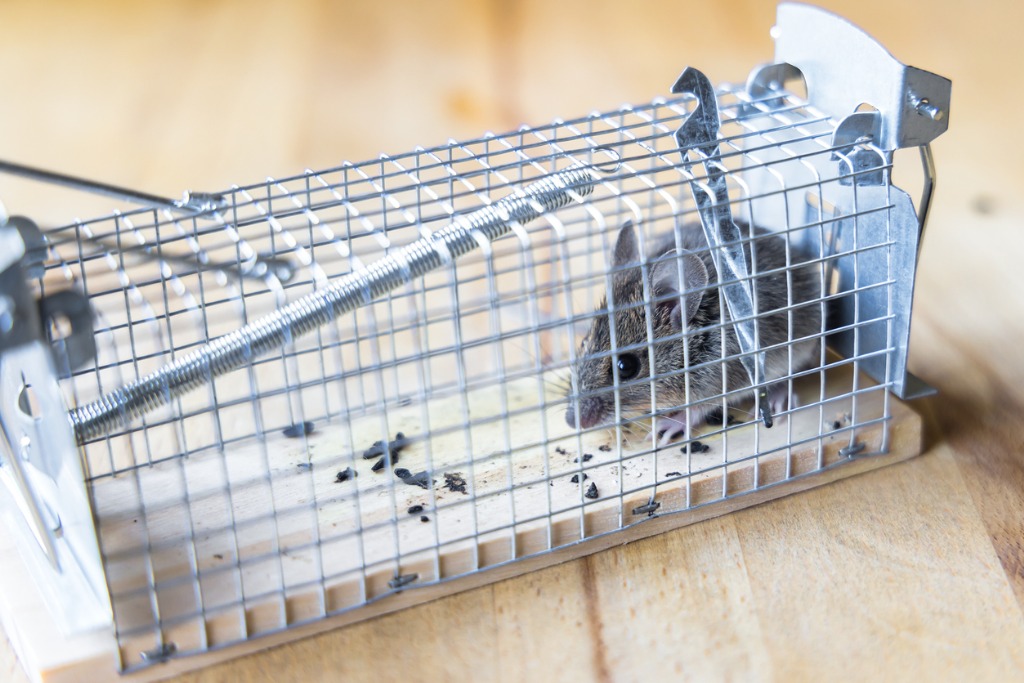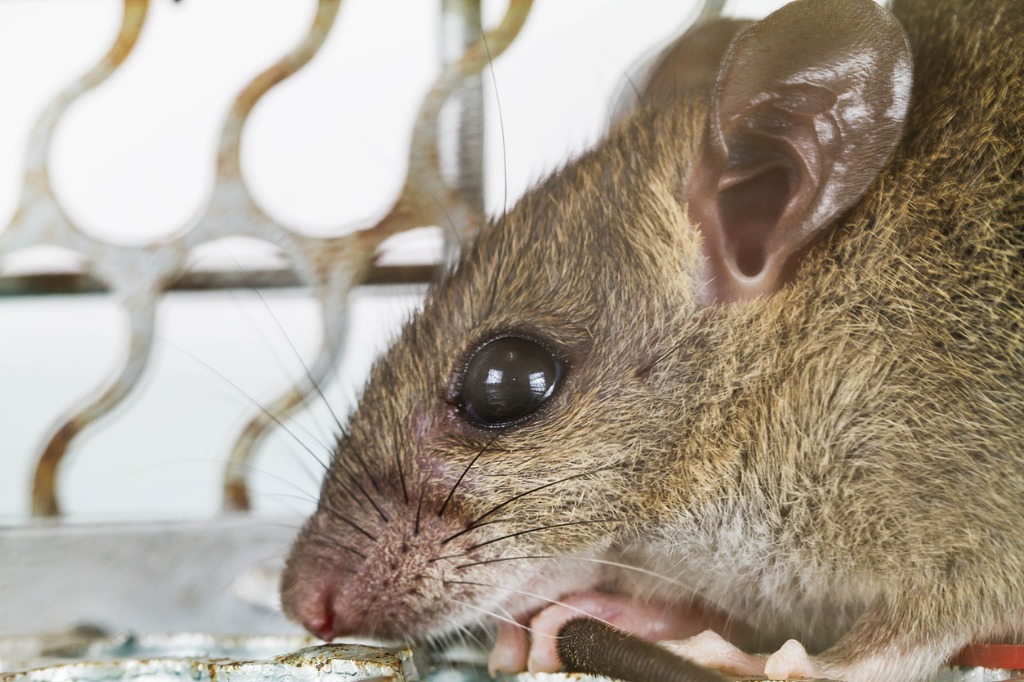Discovering a mouse in your living room can be an alarming and unwelcome surprise. These small rodents may find their way into homes in search of food, warmth, and shelter, but their presence can lead to serious health concerns and structural damage. Whether it’s the faint scratching sound behind the walls or the sight of tiny droppings, the evidence of a mouse infestation requires immediate attention. In this guide, we will explore swift and humane techniques to remove mice from your living room, ensuring a clean and comfortable space for you and your family.
Key takeaways
- Identify Signs: Recognize droppings, gnaw marks, and scratching sounds as indications of a mouse infestation.
- Prevention First: Seal entry points, store food properly, fix water leaks, and maintain surroundings to prevent infestations.
- Effective Traps: Select appropriate traps, use attractive bait, place traps strategically, and handle them with gloves.
- Natural Deterrents: Utilize scents like peppermint oil, cloves, or cayenne pepper to discourage mice.
- Professional Help: Consider seeking expert pest control assistance for extensive infestations.
- Ethical Methods: Opt for humane traps, natural deterrents, and ethical professional services.
- Sanitization Matters: Thoroughly clean and sanitize affected areas to eliminate contaminants and odors.
What Attracts Mice To Homes?

It’s quite common for mice to find their way into homes, especially when the weather starts to get cold. What really attracts them is the promise of food and shelter. If there are any crumbs or accessible food sources, mice can smell them and are drawn to it. They’re also looking for warm places to nest, and our homes provide plenty of hidden spots for that. Gaps or holes in the walls, unsealed garbage cans, or pet food left out can all make our homes very inviting to these little creatures. It’s not necessarily a sign of a dirty home; sometimes, it’s just a matter of accessibility and comfort for the mice. But understanding these factors can really help in taking steps to keep them out!
Important Safety Considerations
When you find mice in your home, the first thing to think about is safety. Mice might be small, but they can carry diseases that pose real health risks. And getting rid of them isn’t as simple as you might think. Whether you’re using traps, poisons, or calling in the professionals, you have to handle the situation with care. You want to make sure not just to protect yourself and your family, but also to deal with the mice as humanely as possible. By being aware of the risks and following the right safety guidelines, you can tackle the problem effectively without putting anyone in harm’s way.
7 Mice Remove Techniques From Your Living Room
1. Identifying Mouse Infestations

Successfully removing mice from your living room starts with identifying the infestation. This involves looking for telltale signs of their presence and understanding their behavior. Look for evidence such as small, dark droppings, gnaw marks on wires and furniture, scratching sounds within walls or ceilings, and shredded materials that could be used for nesting. Observing unusual pet behavior might also be a clue. Recognizing these signs and understanding the habits of mice are essential first steps in devising an effective and humane removal strategy.
2. Preventive Measures
Once you’ve identified a mouse infestation, taking preventive measures is crucial to ensure that the problem doesn’t recur. Prevention is often more effective than dealing with an established infestation. Here’s what you can do:
- Seal Entry Points: Check for holes and gaps in walls, doors, and windows where mice might enter, and seal them using steel wool or caulk.
- Store Food Properly: Keep food in airtight containers and clean up crumbs or spills promptly to remove potential food sources.
- Eliminate Water Sources: Fix leaky faucets and pipes to deprive mice of water, making your home less attractive to them.
- Maintain Yard and Surroundings: Regularly trim bushes and clear debris near your home’s foundation to eliminate potential shelter spots.
- Use Repellents: Consider using natural or commercial repellents to deter mice from entering your living areas.
- Regular Inspections: Conduct periodic checks of vulnerable areas to catch signs of mice early and address them promptly.
3. Traps and Baits

After identifying the mouse infestation and implementing preventive measures, the use of traps and baits becomes a core strategy for removing the remaining mice from your living room. Here’s how to approach this method:
- Choose the Right Trap: There are various types of traps available, from traditional snap traps to humane live-catch traps. Select the one that fits your preferences and the situation.
- Select Effective Bait: Mice are often attracted to foods like peanut butter, cheese, or chocolate. Use these as bait to lure mice into the traps.
- Place Traps Strategically: Position the traps along walls and in areas where you’ve noticed mouse activity. Follow the instructions on the packaging for optimal placement.
- Check Traps Regularly: Inspect the traps daily to remove caught mice and reset them as needed.
- Use Gloves When Handling Traps: Always wear gloves when handling traps with mice to prevent the spread of diseases.
- Consider Professional Help if Needed: If the infestation is extensive, it might be wise to consult with a professional pest control service to ensure safe and effective removal.
4. Natural Deterrents
In addition to conventional traps and baits, natural deterrents can be a humane and environmentally friendly way to discourage mice from your living room. Utilizing strong scents that mice find unpleasant, such as peppermint oil, cloves, or cayenne pepper, can create a barrier that they’ll typically avoid. These natural substances can be placed in areas where you’ve noticed mouse activity or near potential entry points. Another approach is to encourage natural predators, like cats, which can serve as a deterrent in itself. By incorporating natural deterrents into your mouse control strategy, you can reduce or even eliminate the need for more aggressive measures, creating a more balanced and humane approach to managing the problem.
5. Professional Intervention
Sometimes, despite all efforts, a mouse infestation can become overwhelming, or you might simply prefer a hands-off approach. In such cases, professional intervention is an advisable option. Pest control experts have the knowledge, tools, and experience to handle mouse infestations efficiently and safely. They can conduct a thorough assessment, implement targeted strategies, and even provide advice on preventing future issues. By choosing to work with a professional, you’re not only taking the most effective route to a mouse-free living room but also ensuring that the methods used are in line with best practices and local regulations. It’s an investment in peace of mind, knowing that the problem is being handled by those trained to do so.
6. Ethical Considerations

When dealing with a mouse infestation in your living room, it’s essential to consider the ethical implications of the methods used. While it’s natural to want to remove the mice quickly, it’s also important to choose methods that minimize suffering and are environmentally responsible. Humane traps that catch mice alive, natural deterrents, and professional services that follow ethical guidelines are all options to consider. Furthermore, releasing trapped mice into suitable natural habitats rather than killing them can be an ethical choice. The key is to balance the need for a comfortable, mouse-free living space with respect and compassion for the animals involved, recognizing that they are living beings with the capacity to feel pain and distress.
7. Cleaning and Sanitization
Once the mice have been successfully removed from your living room, the final and crucial step is cleaning and sanitization. Mice can leave behind droppings, urine, and other contaminants that pose health risks. A thorough cleaning ensures that any remaining germs, allergens, and odors are eradicated, restoring your living space to its original condition.
Here’s a step-by-step guide to cleaning and sanitizing the affected areas:
- Wear Protective Gear: Utilize gloves and a mask to prevent exposure to potential contaminants.
- Dispose of Contaminated Items: Safely discard any items that have been heavily soiled or damaged.
- Clean Surfaces: Use a disinfectant or a mixture of bleach and water to scrub all surfaces where there’s evidence of mouse activity.
- Vacuum and Mop: Vacuum and mop floors with disinfectant, ensuring all corners and crevices are reached.
- Wash Fabrics: Any fabrics that might have been in contact with mice should be washed in hot water.
- Ventilate the Area: Open windows and doors to let fresh air in, helping to remove lingering odors.
- Inspect and Repeat if Necessary: Check the cleaned areas after a day or two, and repeat the process if any signs or smells persist.
By following this cleaning and sanitization process, you can ensure that your living room is not only free of mice but also safe and pleasant to inhabit once again.
What ethical considerations should you keep in mind when removing mice from your living room?
When removing mice from your living room, the ethical considerations revolve around choosing humane methods that minimize suffering and are environmentally responsible. Here’s what to keep in mind:
- Avoid Inhumane Traps: Opt for traps that catch mice alive rather than those that kill or injure them.
- Consider Natural Deterrents: Utilize natural substances like peppermint oil or cloves that deter mice without harming them.
- Release Trapped Mice: If using live traps, release the mice into suitable natural habitats away from your home.
- Follow Local Wildlife Regulations: Be aware of and comply with local regulations regarding the handling and relocation of wildlife.
- Choose Ethical Professional Services: If seeking professional intervention, select providers that follow ethical guidelines and humane practices.
- Minimize Environmental Impact: Consider the environmental footprint of the methods used, such as avoiding chemical repellents that might harm other wildlife.
By being mindful of these ethical considerations, you can approach the problem with compassion and respect for the animals involved, ensuring that your methods are not only effective but also humane and responsible.
Conclusion
In addressing a mouse infestation in your living room, a comprehensive and thoughtful approach is essential. From identifying the presence of mice and understanding their behavior to implementing preventive measures, choosing humane traps and baits, using natural deterrents, and seeking professional intervention when necessary, each step plays a crucial role. Ethical considerations and thorough cleaning and sanitization complete the process, ensuring it’s not only effective but also humane and responsible. Armed with these strategies and insights, you’re empowered to tackle the problem head-on, creating a comfortable, mouse-free living space and preventing future infestations through proactive measures and responsible choices.
Frequently asked questions
Mice are attracted to homes due to the promise of food and shelter. They can detect accessible food sources like crumbs and unsealed garbage cans, as well as warm places for nesting, which homes provide.
When dealing with a mouse infestation, wear protective gear like gloves and a mask to prevent disease exposure. Choose humane methods, keep traps away from children and pets, follow instructions carefully, and avoid physical contact with mice.
Natural deterrents include strong-smelling substances like peppermint oil, cloves, and cayenne pepper. These scents discourage mice from entering your living space. You can also consider using natural predators like cats.
If a mouse infestation becomes overwhelming or you prefer a hands-off approach, professional pest control services are a good option. Pest control experts have the knowledge and tools to handle the infestation efficiently and safely.
To ensure the ethical removal of mice, choose humane traps, release trapped mice into suitable habitats, follow local wildlife regulations, and select ethical professional services. Also, consider natural deterrents and methods with minimal environmental impact.

